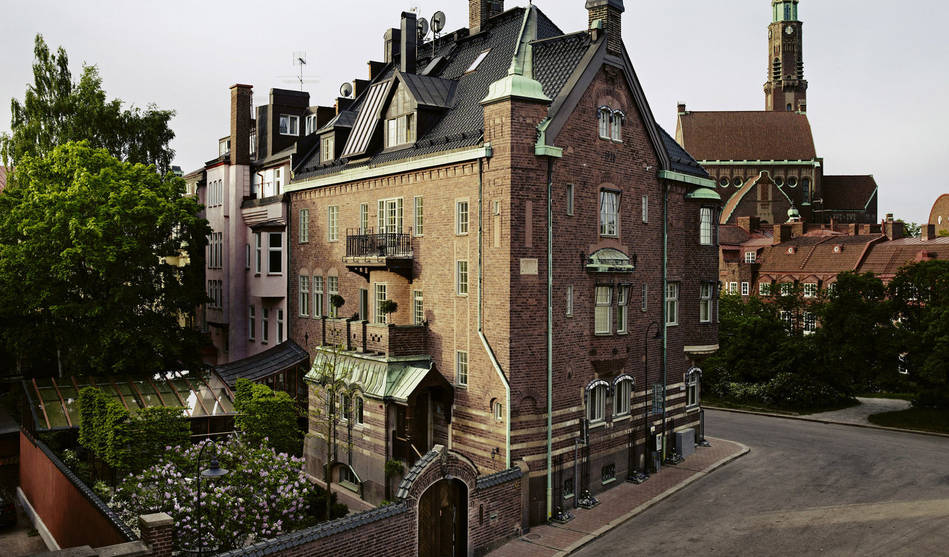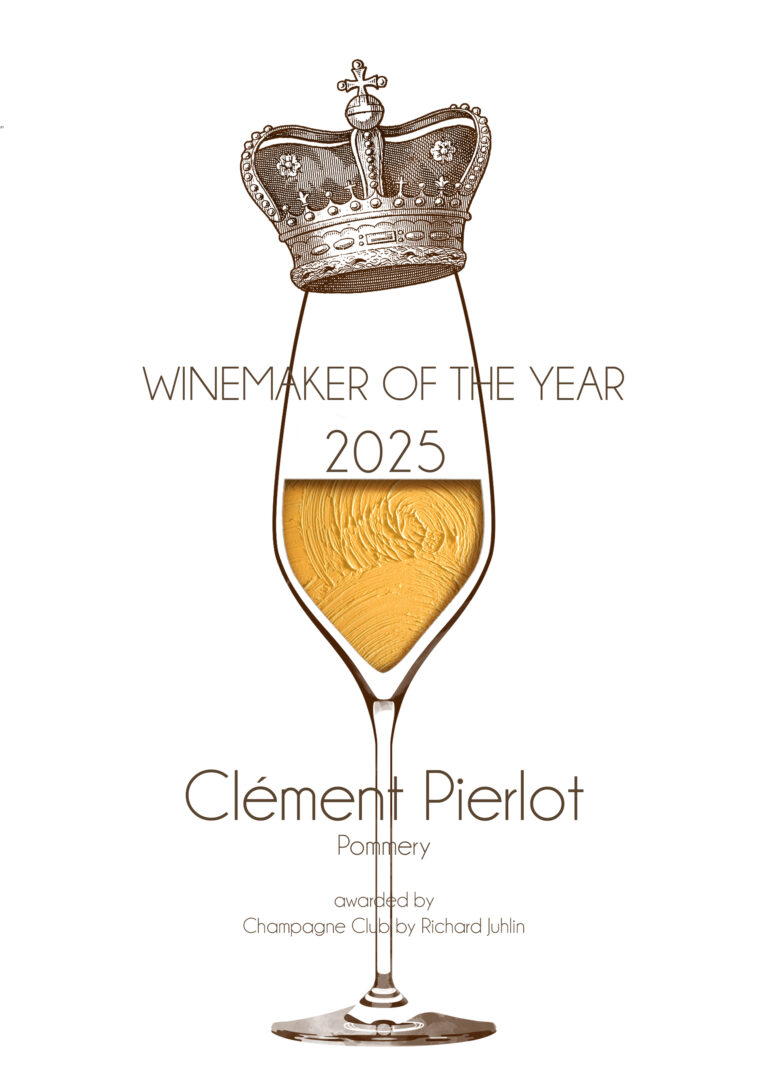An article on the world’s most elegant designer hotels, crafted in a style befitting the Champagne Club by Richard Juhlin. [ read the full champagne story ]
Estimated reading time: 8 minutes

For the members of the Champagne Club, appreciation is an art form. We understand that the pleasure derived from a sublime glass of vintage Champagne is not merely about taste; it is about the story, the terroir, the meticulous craftsmanship, and the effervescent moment it creates. A truly great hotel, much like a Grand Cru, transcends its function. It is not simply a place for rest, but a destination that envelops the senses, a physical manifestation of a singular, artistic vision.
In the world of luxury hospitality, “designer hotels” are the equivalent of our most revered Champagne houses. They bear the unmistakable signature of a master—be it an architect, an interior designer, or a visionary hotelier. These are spaces where every line, texture, and fall of light has been considered, resulting in an experience that is both deeply personal and profoundly moving. Here, we explore a curated selection of the world’s most elegant designer hotels, each a masterpiece of form and feeling.

Ett Hem, Stockholm
The Soul of Scandinavian Grace
The Visionary: Ilse Crawford
To begin in Stockholm is to understand the soul of modern elegance. Ett Hem, which translates to “A Home,” is less a hotel and more the impossibly chic private residence you wish were your own. The genius behind this transformation of a 1910 Arts and Crafts building is the British designer Ilse Crawford. Her philosophy is rooted in humanism; she designs for real life, prioritising feeling and comfort over sterile perfection.
The Design: Crawford has created an atmosphere of what the Swedes call mys—a kind of intimate, high-quality cosiness. There is no formal lobby, only a series of interconnected living rooms, a library, and a kitchen that serves as the heart of the house. Furnishings are a masterful assemblage of Swedish antiques, mid-century classics from designers like Hans Wegner, and bespoke modern pieces. Sheepskin throws drape over velvet armchairs, fires crackle in original ceramic stoves, and the materials—oiled oak, Gotland stone, brass, and leather—age with a graceful patina.
The Champagne Moment: The ultimate pleasure at Ett Hem is its fluidity. A guest might take a glass of Billecart-Salmon Brut Rosé from the communal kitchen honesty bar and settle into a corner of the glass-roofed conservatory, surrounded by jasmine and fig trees, for a moment of quiet contemplation. It is the hotel equivalent of a rare grower Champagne: intimate, authentic, and utterly unforgettable.

Rosewood São Paulo, Brazil
A Tropical Modernist Oasis
The Visionaries: Jean Nouvel & Philippe Starck
In the heart of São Paulo’s historic Cidade Matarazzo, a former maternity hospital complex, a new icon has risen. The Rosewood São Paulo is a staggering feat of design, a collaboration between two titans of the creative world: Pritzker Prize-winning architect Jean Nouvel and the endlessly imaginative designer Philippe Starck.
The Design: Nouvel’s contribution is the remarkable vertical garden tower, a structure of local Mata Atlântica wood that allows trees to grow up and through the building, blurring the lines between architecture and nature. It stands as a living, breathing ode to Brazil’s biodiversity. Inside, Starck orchestrates a symphony of Brazilian identity. The interiors are a love letter to the nation’s artistry and materials. The floors are green and white marble, echoing the sidewalks of Copacabana; the walls are lined with rich native woods; and the space is filled with over 450 specially commissioned works by contemporary Brazilian artists. Starck’s design is at once opulent and organic, a vibrant celebration of culture.
The Champagne Moment: One must ascend to the rooftop pool, flanked by mirrored tiles and towering olive trees. Gazing out over the sprawling city with a glass of crisp, mineral-driven Champagne in hand—perhaps a Deutz Blanc de Blancs—the sheer ambition and beauty of the project crystallise into a singular, breathtaking experience.

Aman Tokyo, Japan
The Serenity of the Sublime
The Visionary: Kerry Hill
Aman resorts are legendary for their tranquil, minimalist luxury, and Aman Tokyo is arguably the late architect Kerry Hill’s crowning achievement. Occupying the top floors of the Otemachi Tower, this is not just a hotel; it is an urban sanctuary, a ryokan in the sky that reinterprets Japanese tradition with breathtaking modernity.
The Design: Hill’s design is a masterclass in scale and subtlety. Upon entering the lobby, 33 floors above the frenetic energy of Tokyo, one is greeted by a sense of immense calm. The ceiling soars nearly 30 metres, constructed like the interior of a Japanese paper lantern (shoji). A vast central rock garden with an ikebanaflower arrangement and a reflective pool grounds the space. Throughout the hotel, the palette is muted and natural: basalt stone, camphor wood, and washi paper. The rooms are vast and uncluttered, with traditional engawa platforms and deep furo soaking tubs offering panoramic views of the Imperial Palace Gardens and Mount Fuji on a clear day.
The Champagne Moment: The ultimate indulgence is to order a bottle of a precise and elegant cuvée, such as Krug Grande Cuvée, to your room. As the sun sets and the city lights begin to glitter below, one can slide open the screen, draw a bath in the stone furo, and experience a moment of pure, unadulterated transcendence. The harmony of the design and the perfection of the Champagne create a sensory memory that lasts a lifetime.

Faena Hotel Miami Beach, USA
A Cinematic Dreamscape
The Visionaries: Alan Faena, Baz Luhrmann & Catherine Martin
Elegance need not always whisper; sometimes it sings an opera. The Faena Hotel Miami Beach is a testament to this belief. Conceived by Argentine hotelier Alan Faena, its aesthetic was brought to life by the visionary film director Baz Luhrmann and his Academy Award-winning wife and creative partner, Catherine Martin. The result is pure cinematic fantasy.
The Design: This is design as storytelling. The entrance, known as “The Cathedral,” features gold-leafed columns and vibrant floor-to-ceiling murals depicting love and paradise. The palette is a bold clash of “Faena Red,” animal prints, and turquoise that evokes the glamour of 1950s Miami. Yet, it is executed with such conviction and artistic flair that it feels cohesive and utterly luxurious. The hotel’s crown jewel is Damien Hirst’s “Gone but not Forgotten,” a gilded skeleton of a woolly mammoth encased in glass, which stands sentinel by the pool.
The Champagne Moment: One must experience the hotel’s Living Room, a lounge filled with tiger-print upholstery and sumptuous velvet, where live music often plays. Ordering a bottle of celebratory, festive Champagne—perhaps a Taittinger Comtes de Champagne—and immersing oneself in the theatrical, Gatsby-esque glamour is to become part of the film that Luhrmann and Martin have so brilliantly directed.

The Silo Hotel, Cape Town, South Africa
Industrialism Reimagined
The Visionary: Thomas Heatherwick
Few hotels possess a more dramatic origin story than The Silo. Located on Cape Town’s V&A Waterfront, it occupies the grain elevator portion of a historic silo complex, which it shares with the Zeitz Museum of Contemporary Art Africa (MOCAA). The architectural transformation, led by London’s Heatherwick Studio, is nothing short of genius.
The Design: Heatherwick’s most striking intervention is the pillowed glass windows inserted into the concrete geometry of the elevator tower. These multi-faceted panes bulge outwards, acting like enormous crystals that glitter in the African sun and offer 360-degree views of Table Mountain, the city, and the Atlantic Ocean. Inside, hotelier Liz Biden has curated an eclectic and colourful interior that contrasts beautifully with the raw, industrial shell. Each of the 28 rooms is individually designed with vibrant fabrics, contemporary African art, and opulent furnishings, creating jewel-box sanctuaries within the concrete monolith.
The Champagne Moment: The Willaston Bar, or better yet, the hotel’s rooftop bar with its infinity pool, provides the definitive experience. As the sun dips below the horizon, painting the sky in fiery hues, enjoying a glass of South Africa’s finest Méthode Cap Classique, or a classic Bollinger Special Cuvée, is to toast to the power of human ingenuity and the breathtaking beauty of the Cape.
These hotels, like the world’s greatest Champagnes, are born from a unique alchemy of place, vision, and uncompromising dedication to craft. They remind us that true luxury is not about excess, but about the profound emotional resonance of exceptional design. They are not merely places to stay; they are experiences to be savoured, stories to be lived, and elegant moments to be cherished.





